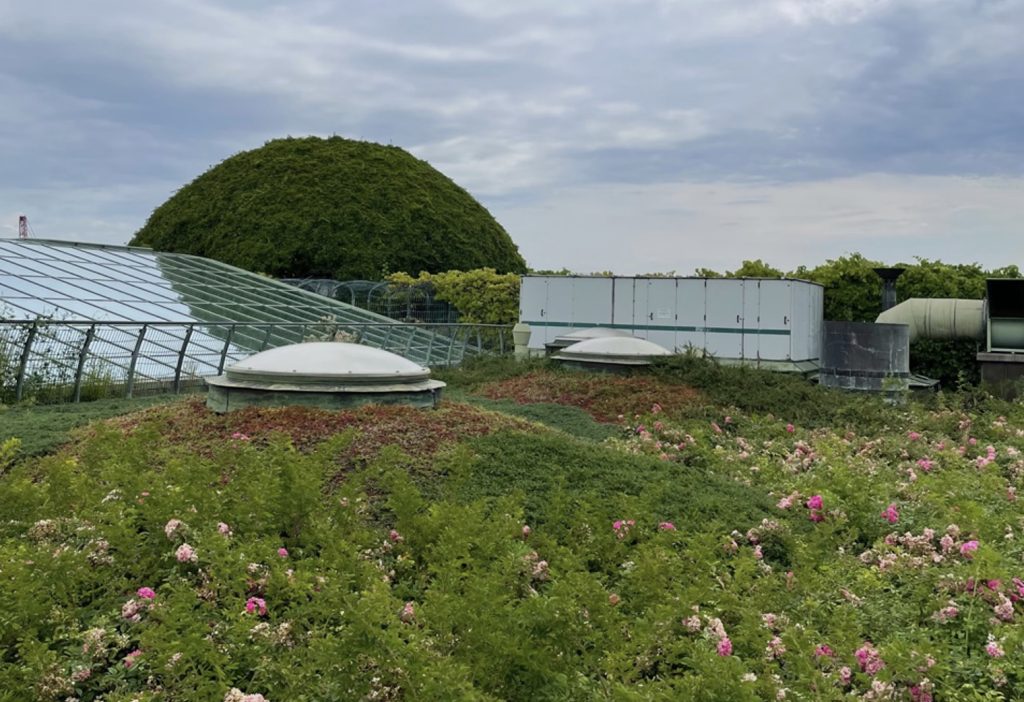Green roofs to the rescue of urban air quality!

Research conducted on the green roof of the Warsaw University Library has revealed the great potential of plants in cleaning urban air of particulate matter (PM). The team analyzed dust accumulation on eight different plant species, taking into account seasonal variation.
The results clearly show that plants of green roofs, effectively capture dust, especially in summer, when their foliage is densest. This is also due to the waxy surfaces of the leaves and the compact structure of the plants. Studies have also shown that dust retention mechanisms change with the seasons.
Abstract
Particulate matter (PM) is a critical component of urban air pollution, with severe implications for human health and environmental ecosystems. This study investigates the capacity of green roofs at the Warsaw University Library to mitigate air pollution by analyzing the retention of PM and associated trace elements (TEs) across eight perennial plant species during spring, summer, and autumn. The results highlight significant interspecies variability and seasonal trends in PM retention, with peak levels observed in summer due to increased foliage density and ambient pollution. Sedum spectabile and Spiraea japonica emerged as the most effective species for PM capture, owing to their wax-rich surfaces and dense foliage, while Betula pendula demonstrated a high retention of TEs like manganese and zinc. Seasonal shifts from surface-bound PM (SPM) to wax-bound PM (WPM) in autumn underline the importance of adaptive plant traits for sustained pollutant capture. These findings underscore the critical role of green roofs in urban air quality management, emphasizing the need for species-specific strategies to maximize year-round phytoremediation efficacy. Expanding the implementation of diverse vegetation on green roofs can significantly enhance their environmental and public health benefits.